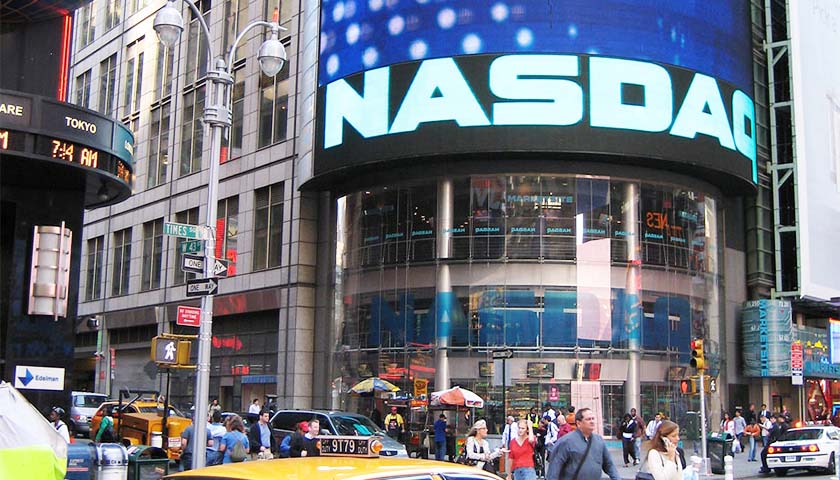by Harry Wilmerding
The Nasdaq Composite, a technology-heavy index of publicly-traded companies, is set to underperform the S&P 500 for the first time since 2016, according to CNBC.
The S&P 500, a stock market index consisting of the 500 largest publicly-traded companies in the U.S., climbed 28% in 2021 as of Monday, while the Nasdaq was up 23% on a year-over-year basis, according to CNBC. The S&P 500 previously beat the Nasdaq in 2016 and 2011.

The Nasdaq had a strong start to 2021, almost doubling the S&P 500 in February, CNBC reported. Trading slowed after the arrival of the COVID-19 vaccines, which boosted sentiment among investors that the pandemic was ending, reducing demand for remote work technology and other tech-focused goods.
With inflation soaring and the Federal Reserve anticipating interest rate hikes in 2022, investors became increasingly concerned with expensive technology stocks as the year went on, CNBC reported.
“All the stay-at-home, play-at-home, work-from-home stocks were DOA in 2021, like the pandemic didn’t exist anymore,” Jake Dollarhide, chief executive of Longbow Asset Management in Tusla, Oklahoma, told CNBC. “The last five years, every time it looked like there would be a rotation out of tech, everybody bought the dip — 2021 will go down as the year that investors did not buy the dip in tech.”
The biggest problem for the Nasdaq was investors backing off of tech companies whose value plummeted in 2021 after huge market cap gains in 2020, CNBC reported.
Zoom’s share price plunged 45% in 2021 after last year’s 326% increase in revenue, according to CNBC. Peleton’s share price decreased 76% after revenue surged 232% in 2020, bringing the stock’s value up to 430%.
“I pointed out to clients, if you’re heavy tech, you’re likely to underperform the overall market,” Dollarhide told CNBC. “But keep in mind how much you’ve overperformed the market the last three to four years.”
The Nasdaq soared 44% in 2020, while the S&P grew just 16%. The Nasdaq beat the S&P every year between the end of 2016 and 2020, growing a total of 139% compared to the S&P’s 68%.
Stocks have been impacted by the spread of the Omicron coronavirus variant as countries and governments began implementing more restrictions. The Centers for Disease Control and Prevention (CDC) reduced the isolation period for those who test positive for COVID-19 from 10 days to five days Monday.
“What is emanating from markets is the faith that Omicron won’t be able to disrupt the economic recovery,” Antonio Cavarero, head of investments at Generali Insurance Asset Management, told The Wall Street Journal.
– – –
Harry Wilmerding is a reporter at Daily Caller News Foundation.
Photo “The NASDAQ Building” by victoriapeckham. CC BY 2.0.








